Nara Folk Tales – BONUS
Visit the Japanese Historical Text Initiative!
Special thanks to the Association for Asian Studies for granting permission for me read aloud from Tales of Earth and Wind: A Translation of Fudoki, with Introduction and Commentaries!

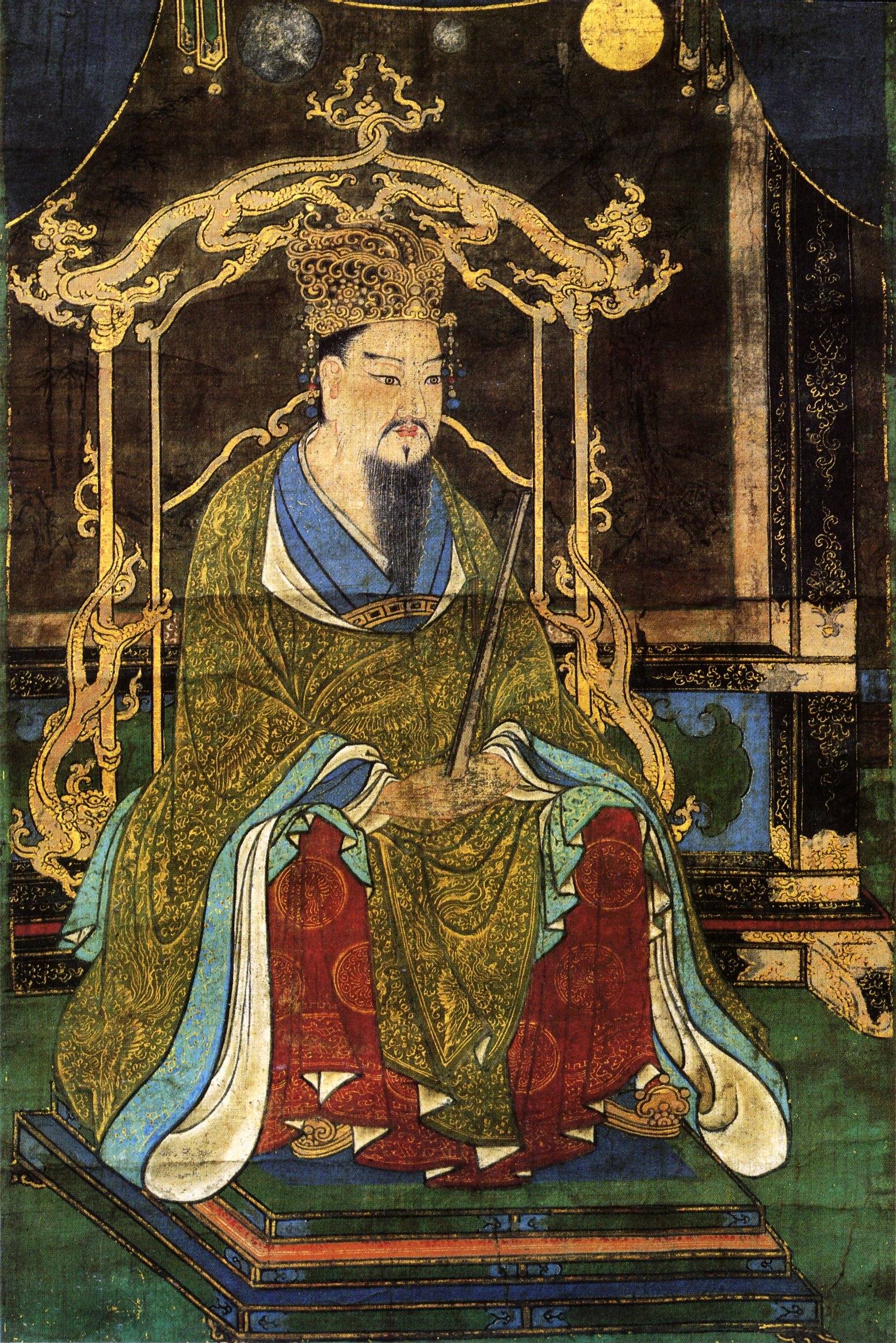



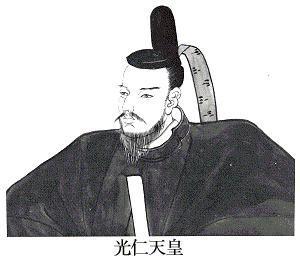
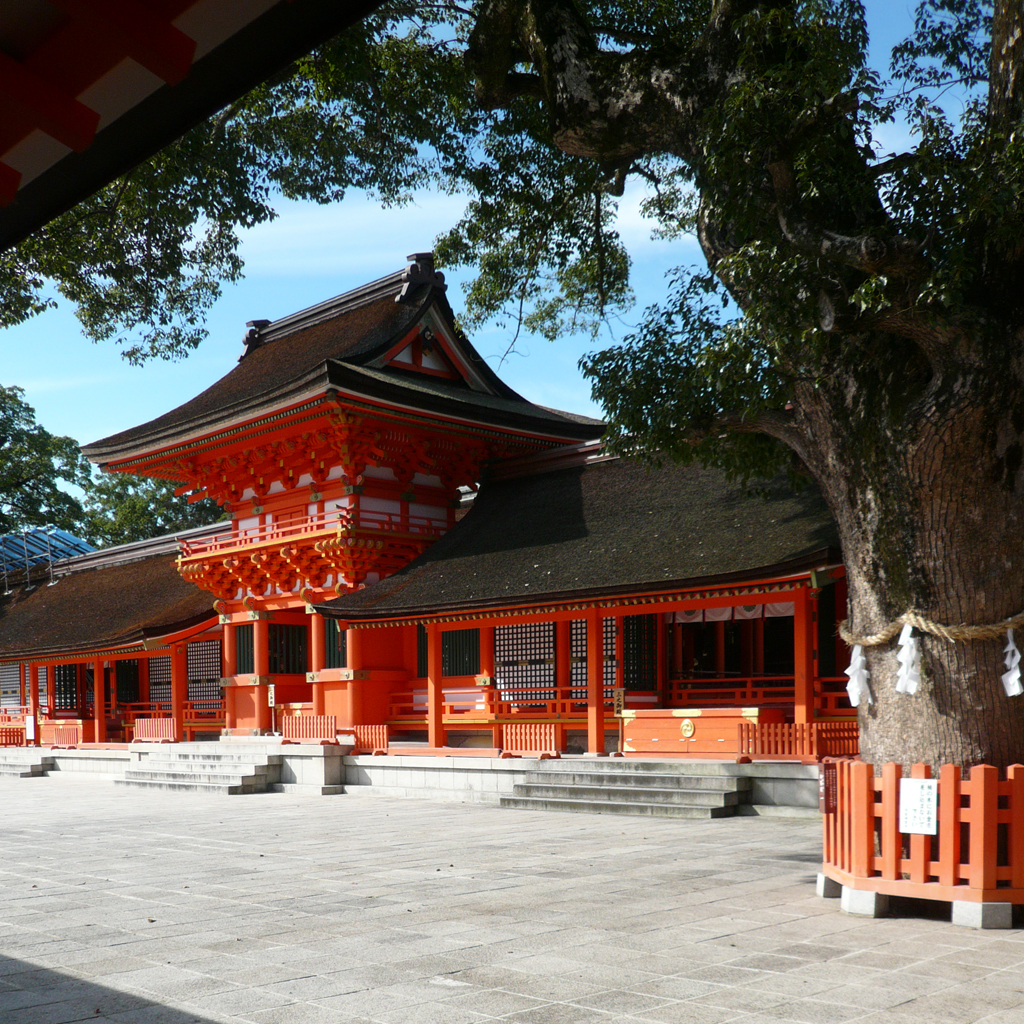


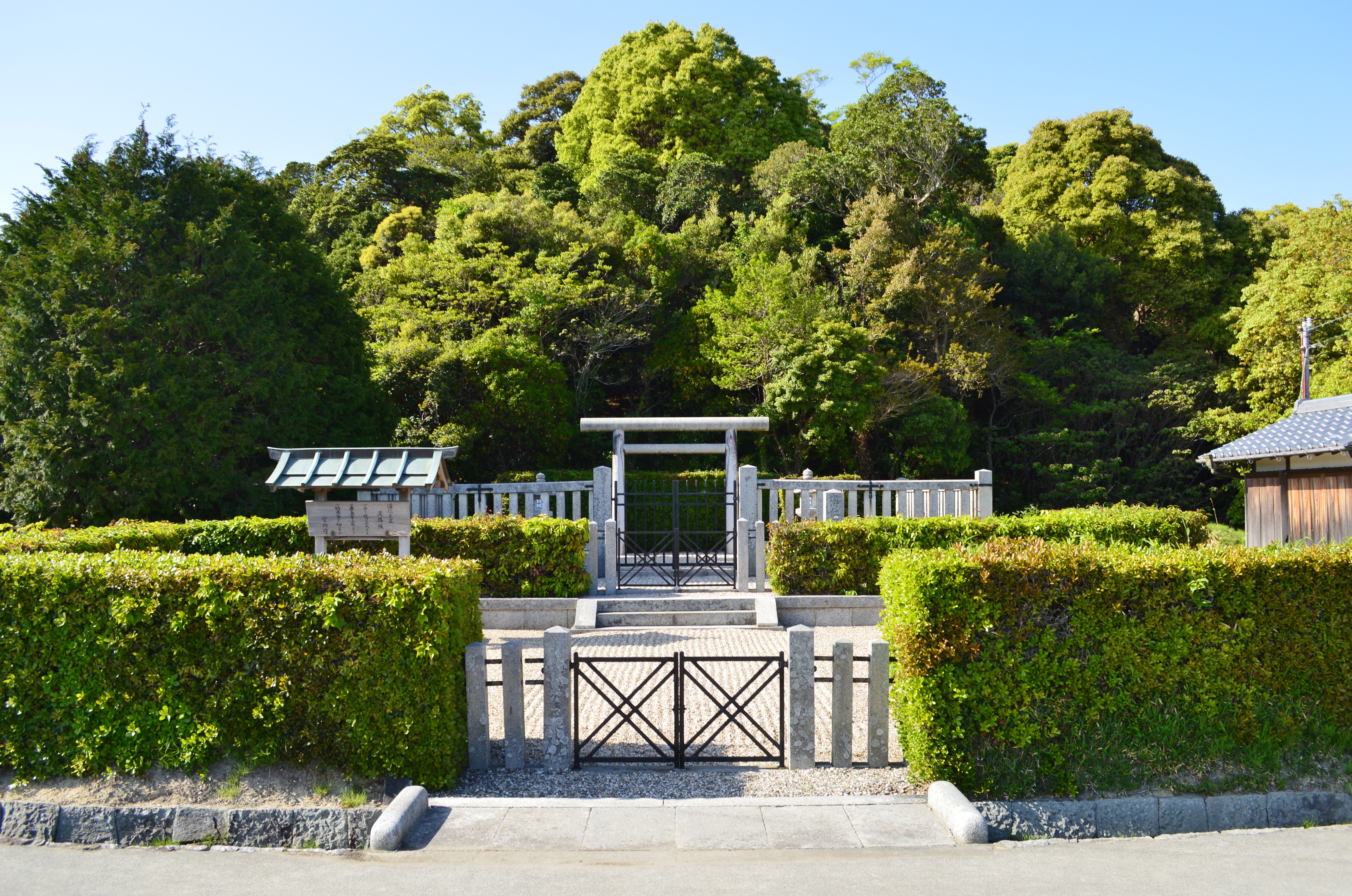


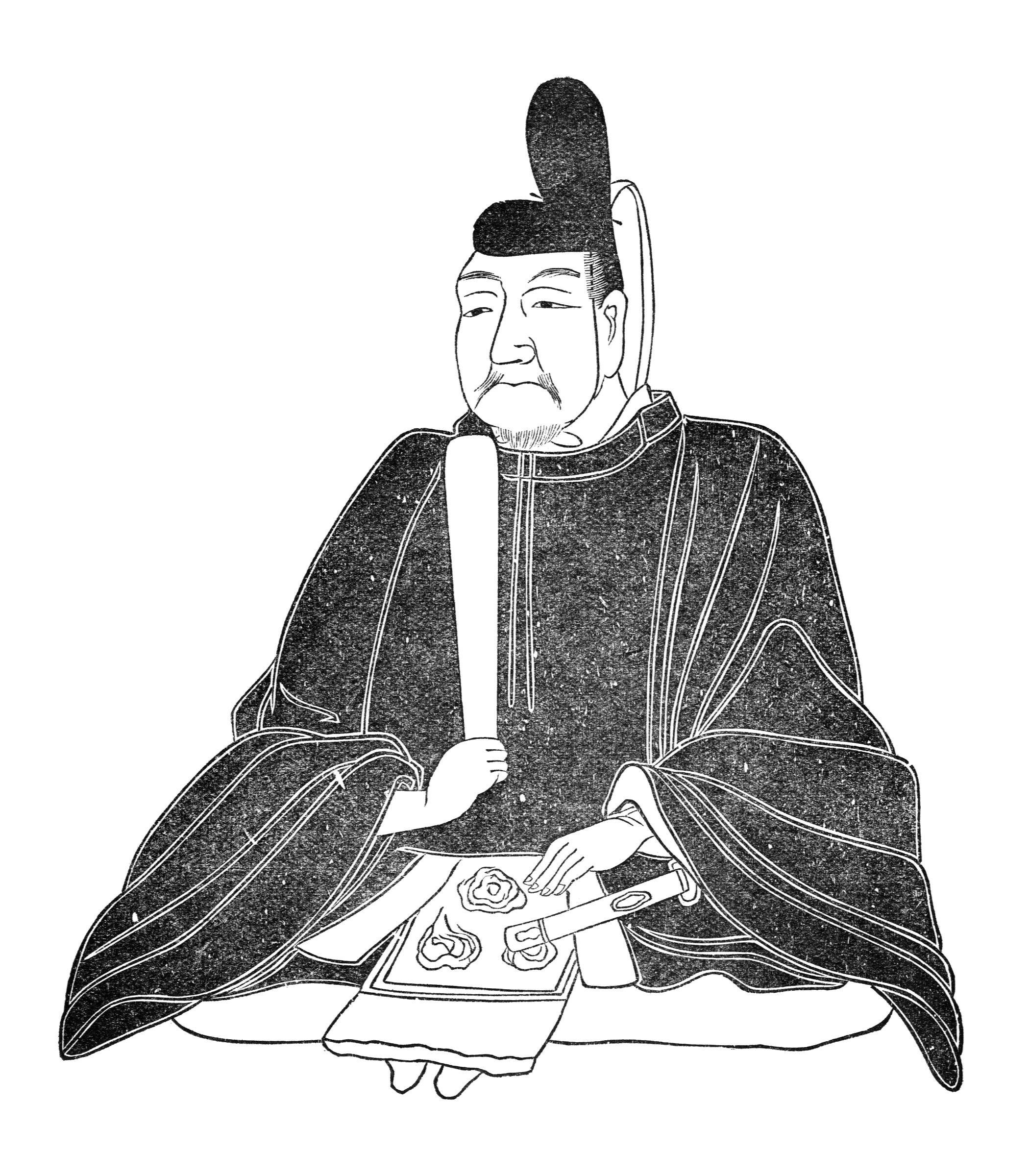
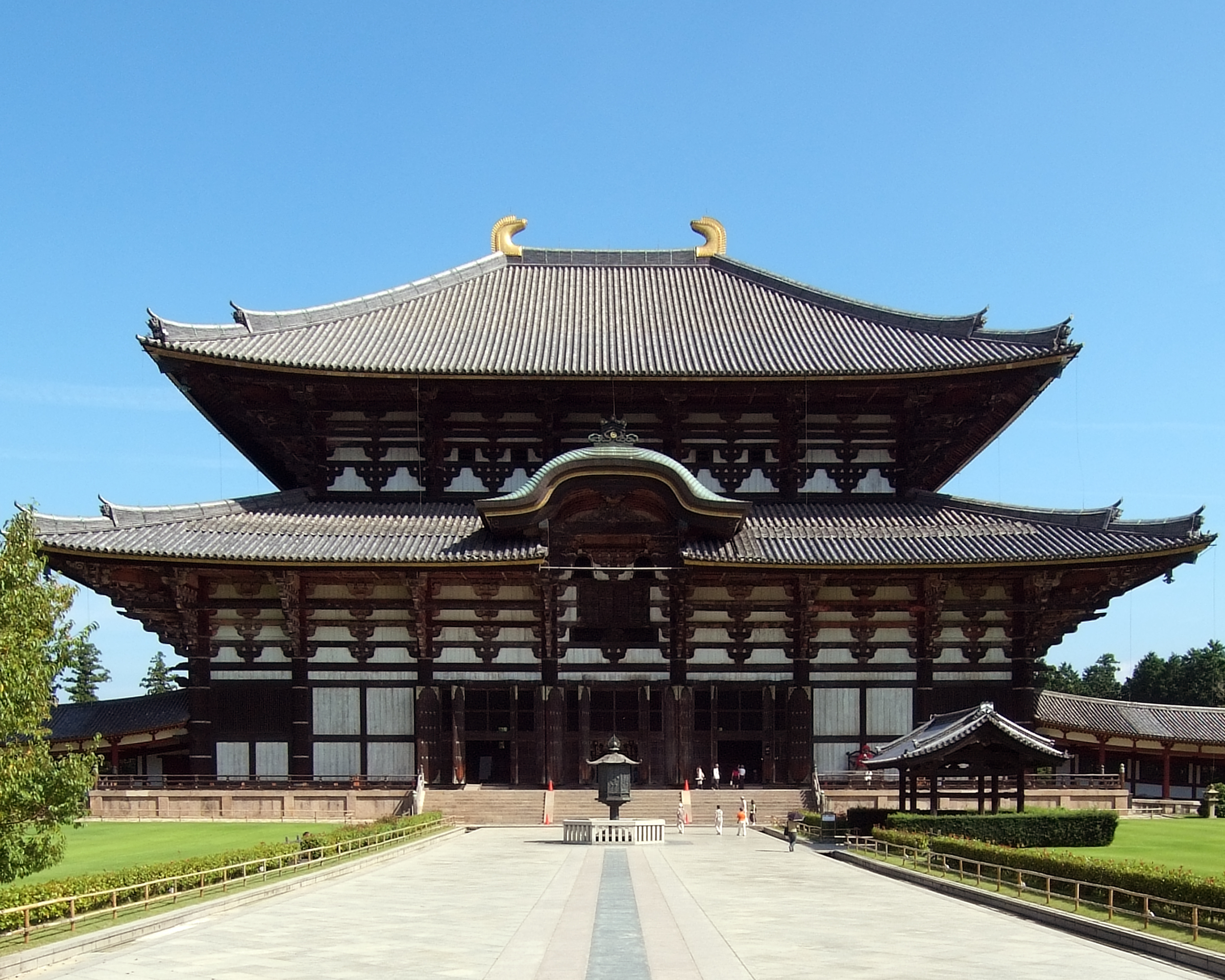

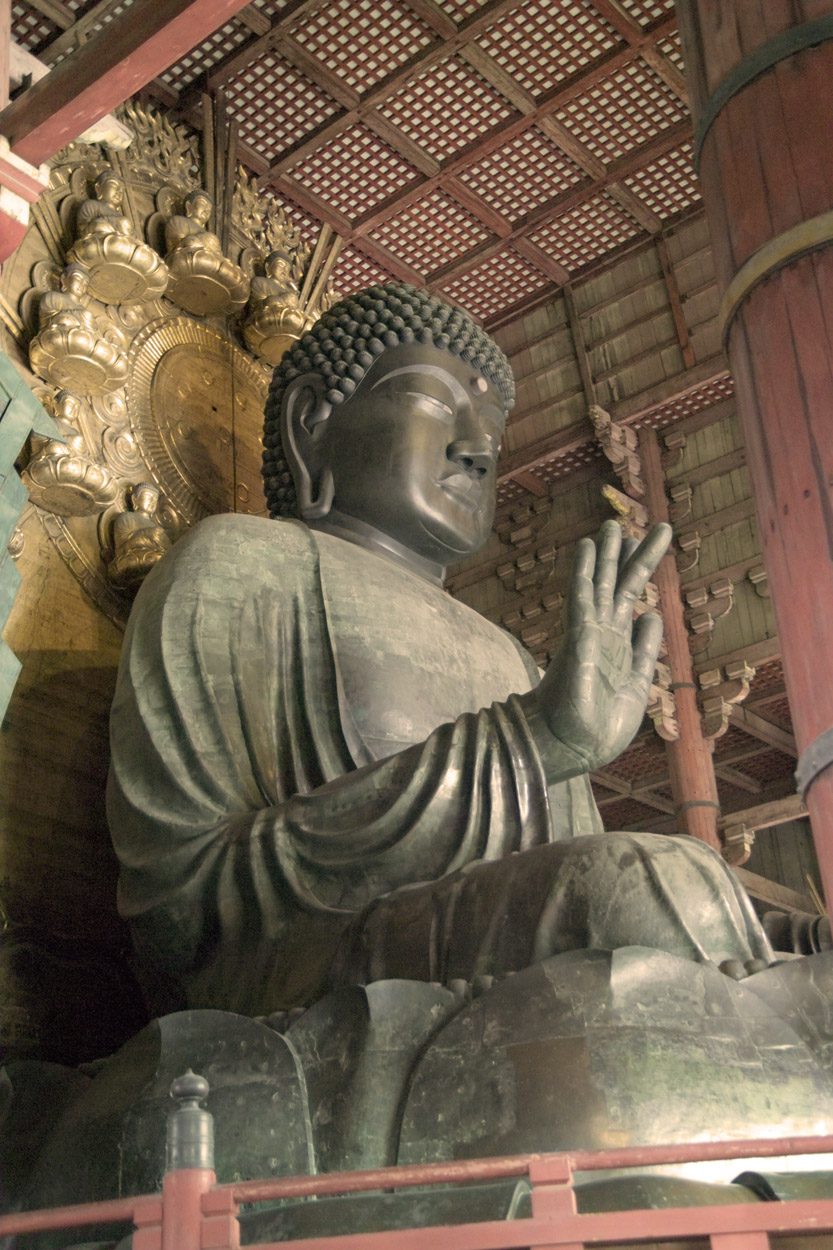

Recent Comments